In the fast-paced world of construction and design, modern techniques for working with metals like iron and aluminum, as well as wood, are evolving rapidly. These advancements aim to enhance efficiency, quality, and aesthetics while considering sustainability and environmental needs. Arak shadow leverages these cutting-edge techniques to deliver exceptional design solutions that meet client requirements and stay ahead of trends. In this article, we will explore the latest design techniques for these three materials and the advantages they offer.
1. Latest Design Techniques for Iron
A. Laser Cutting Technology
- Description:
This technique uses laser beams to cut and shape iron with high precision, enabling complex designs with exact dimensions. - Advantages:
- Fast production.
- High accuracy in details.
- Reduced material waste.
- Applications:
Used for designing architectural metal structures, such as facades and roofing systems.
B. 3D Printing Technology
- Description:
This method allows for creating complex metal components layer by layer using metal powders fused by laser beams. - Advantages:
- Producing intricate components without the need for molds.
- Reducing time and costs for prototyping.
- Applications:
Designing spare parts and complex metal structures.
C. Advanced Welding Techniques
- Description:
This includes robotic welding and laser welding for achieving strong, high-precision joints. - Advantages:
- Minimizing human error.
- Enhancing the quality of metal joints.
- Applications:
Used in fabricating large metal structures and bridges.
2. Latest Design Techniques for Aluminum
A. Extrusion Technology
- Description:
This process pushes aluminum through a pre-shaped mold to produce sections with complex geometric shapes. - Advantages:
- Lightweight and durable profiles.
- Flexible design options.
- Applications:
Used in window frames, doors, and cladding systems.
B. Anodizing Coating
- Description:
An electrochemical process that creates a hard oxide layer on aluminum surfaces to improve corrosion resistance. - Advantages:
- Long-lasting protection.
- Ability to add various colors.
- Applications:
Ideal for doors and windows requiring high resistance to weather conditions.
C. CNC Cutting (Computer Numerical Control)
- Description:
This technique uses CNC machines to cut and shape aluminum with extreme precision. - Advantages:
- High-precision design and execution.
- Ability to create complex designs easily.
- Applications:
Used in designing metal facades and architectural decorations.
3. Latest Design Techniques for Wood
A. Laser Cutting
- Description:
Laser beams are used to cut and shape wood with intricate precision. - Advantages:
- Enables detailed and complex designs.
- Saves time and effort in manufacturing.
- Applications:
Used for designing interior doors and furniture.
B. Steam Bending Technology
- Description:
Wood is heated with steam to become flexible, allowing it to be bent into desired shapes before cooling and hardening. - Advantages:
- Creates smooth, elegant curves.
- Maintains the wood’s strength.
- Applications:
Ideal for furniture and wooden structures requiring curved shapes.
C. Plywood Technology
- Description:
Thin layers of wood are glued together under heat and pressure to form strong composite panels. - Advantages:
- High strength-to-weight ratio.
- Resistance to warping and deformation.
- Applications:
Used for doors, interior structures, and external frameworks.
4. Common Technologies for Enhanced Design Efficiency
A. CAD Software (Computer-Aided Design)
CAD programs are used for designing and visualizing 3D models before execution, helping achieve accuracy and efficiency in design.
B. Virtual Reality and Augmented Reality (VR/AR)
These technologies allow for realistic previews of designs before manufacturing, reducing errors and improving decision-making.
C. Sustainable Design Practices
Relying on recyclable materials and low-emission manufacturing techniques promotes environmental responsibility.
Benefits of Using These Advanced Techniques
- Improved Product Quality: Modern techniques enable high-precision and high-quality production.
- Cost and Time Efficiency: Automation and digital technologies reduce production time and costs.
- Innovative Designs: These techniques provide the flexibility to create complex and aesthetic designs.
- Sustainability: Advanced technologies reduce the consumption of natural resources and minimize waste.
Modern design techniques for iron, aluminum, and wood play a vital role in delivering innovative solutions that meet today’s market demands. By adopting these technologies, Arak shadow offers high-quality products that combine performance, aesthetics, and environmental responsibility.

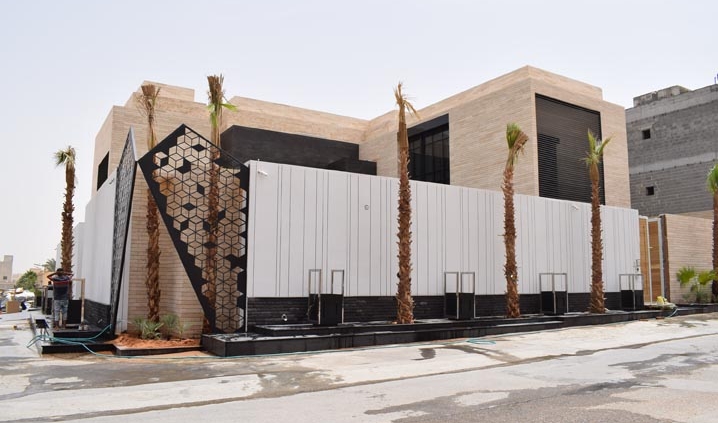
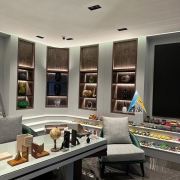
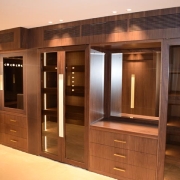




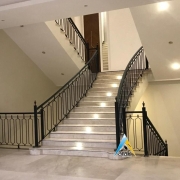
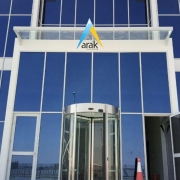


Leave a Reply
Want to join the discussion?Feel free to contribute!